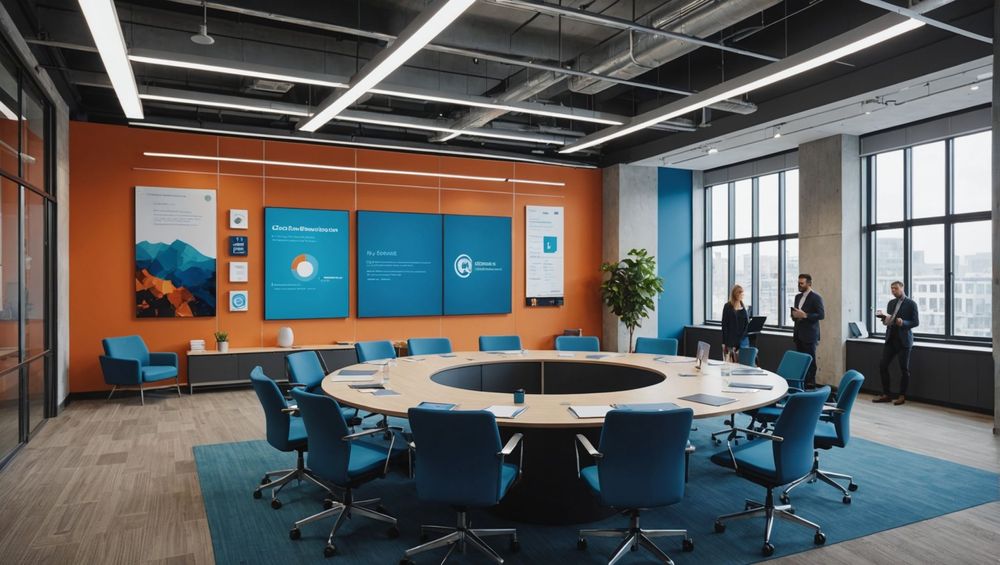
Real-Life Examples of CTA Copy YOU Should Copy
One of the critical elements of a successful marketing campaign is an enticing Call-To-Action (CTA). The right CTA can significantly influence a user’s decision to engage with your content, subscribe to your services, or make a purchase. This article will showcase real-life examples of CTA copy that you can emulate for your digital marketing strategies.
Understand the Power of Simplicity in CTAs
When it comes to CTAs, simplicity is often the key. A straightforward, clear call-to-action removes any ambiguity and tells users precisely what to do next. Consider the example of Apple’s website. Their CTA buttons usually say things like “Learn more” or “Buy now,” which are concise and action-oriented. This simplicity makes the decision-making process easy for users.
Another example is Netflix, which uses the CTA “Join Free for a Month.” This does a few things well: it’s clear, offers added value, and requires minimal effort from the user. By prioritizing simplicity, you remove the complexity that often hinders users from making quick decisions.
Using Urgency and Scarcity

CTAs can be highly effective when they employ urgency and scarcity. These psychological triggers can drive users to act quickly, fearing they might miss out on something important. Consider Amazon’s “Deal of the Day” CTA, which frequently includes a countdown timer. This instills a sense of urgency, making users feel the need to act immediately.
Another example comes from travel websites like Booking.com, which often uses phrases like “Only 3 rooms left!” or “Book now to secure your spot!” These cues of scarcity make users feel they must act fast to secure the deal, leading to higher conversion rates.
Highlighting Benefits

Effective CTA copy should also emphasize the benefits the user will gain. For instance, Grammarly uses the CTA “Get Grammarly – It’s Free” on their download page. This CTA clearly states the benefit (improving your writing for free) and encourages the user to take action because there’s no cost involved.
Another notable example is Shopify’s “Start Free Trial” CTA. It highlights the significant benefit of trying out the service at no cost. This encourages users to take the first step with minimal risk, increasing the likelihood they will convert into paying customers later on.
Personalization in CTAs
In today’s market, personalization can make a significant impact. Using the user’s name or tailoring the message to their behavior can create a more engaging experience. An excellent example is Amazon’s personalized recommendations, which often include CTAs like “Continue Shopping,” incorporating the user’s name and previous shopping habits.
Another example is Spotify’s “Discover Weekly” playlist, accompanied by the CTA “Listen now.” This CTA feels like a personal recommendation just for the user, making it more likely they will engage with the content.
Effective Use of Social Proof
Including social proof in your CTA can significantly increase its effectiveness. Social proof can come in various forms, such as user testimonials, ratings, or the number of people who have taken action. Consider the example of LinkedIn, which uses the CTA “Join over 500 million professionals worldwide.” This highlights the large number of users already benefiting from the platform.
Another compelling example is Yelp’s “See 10,000+ reviews” CTA. By showcasing the volume of user-generated reviews, they build trust and credibility, encouraging new users to engage or sign up.
Conclusion
Crafting an effective CTA is more art than science, but there are proven strategies you can use to increase your success rate. From simplicity and urgency to personalization and social proof, these real-life examples of CTA copy provide a blueprint that you can adapt and tailor to fit your unique needs. Always remember to test different approaches and analyze your results to continually refine and improve your CTAs.
FAQ
What makes a CTA effective?
An effective CTA is clear, concise, and action-oriented. It often incorporates elements of simplicity, urgency, benefit highlighting, personalization, and social proof to encourage users to take the desired action.
Why is urgency important in a CTA?
Urgency is vital because it compels users to act quickly. Phrases like “Limited time offer” or countdown timers create a sense of urgency, which can significantly boost conversion rates.
How does personalization improve CTA effectiveness?
Personalization tailors the CTA to the individual user, making it more relevant and engaging. This can be achieved through using their name, or referencing their past behavior and preferences, making them more likely to act.
Can social proof really make a difference in CTAs?
Yes, social proof adds credibility and trust, which can significantly impact a user’s decision to act. Displaying metrics like the number of current users or customer testimonials can enhance the perceived value and reliability of your service or product.
What is the best way to test the effectiveness of a CTA?
A/B testing is one of the best methods to test CTA effectiveness. By creating different versions of your CTA and analyzing which one performs better, you can make informed decisions and continually optimize your strategy.